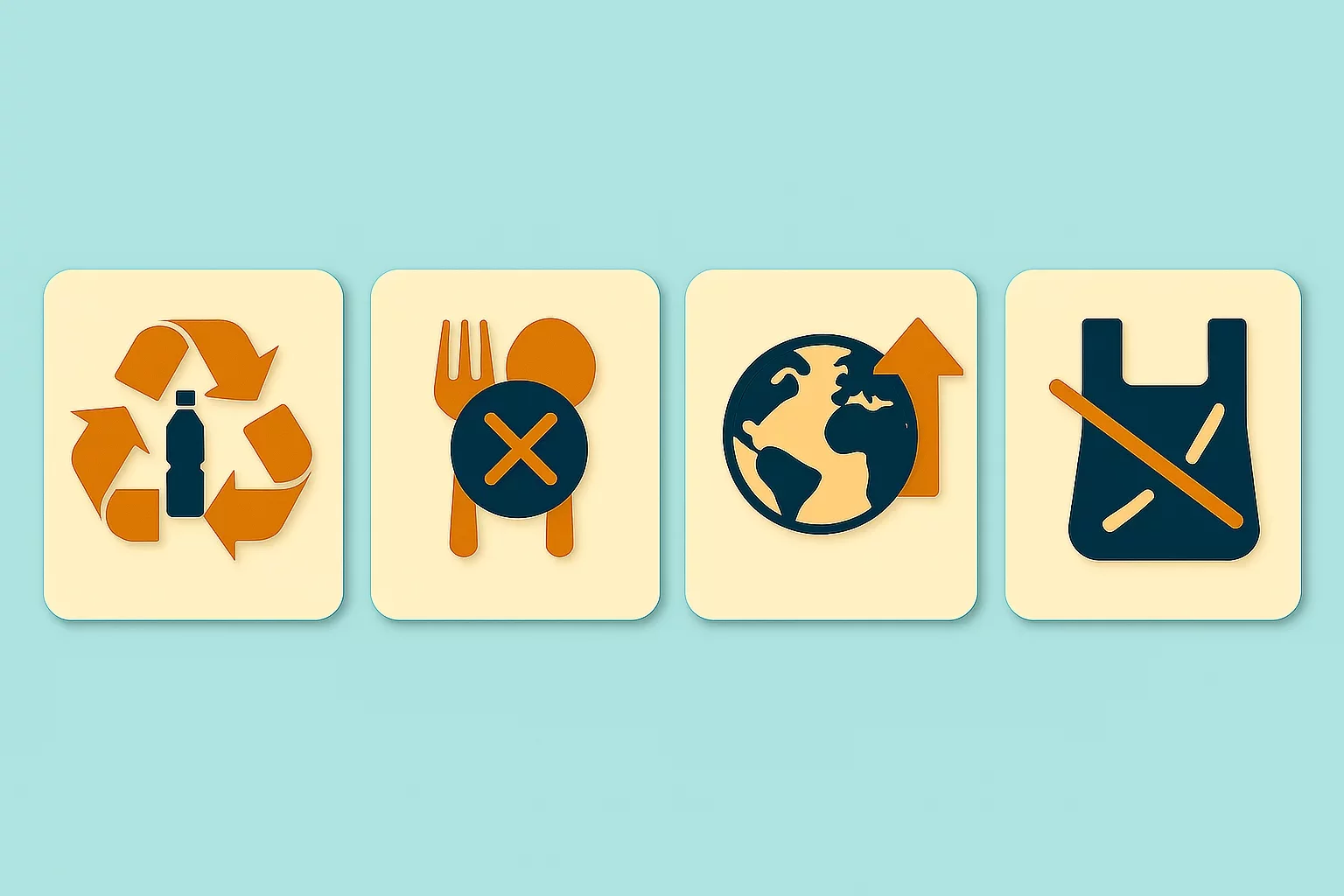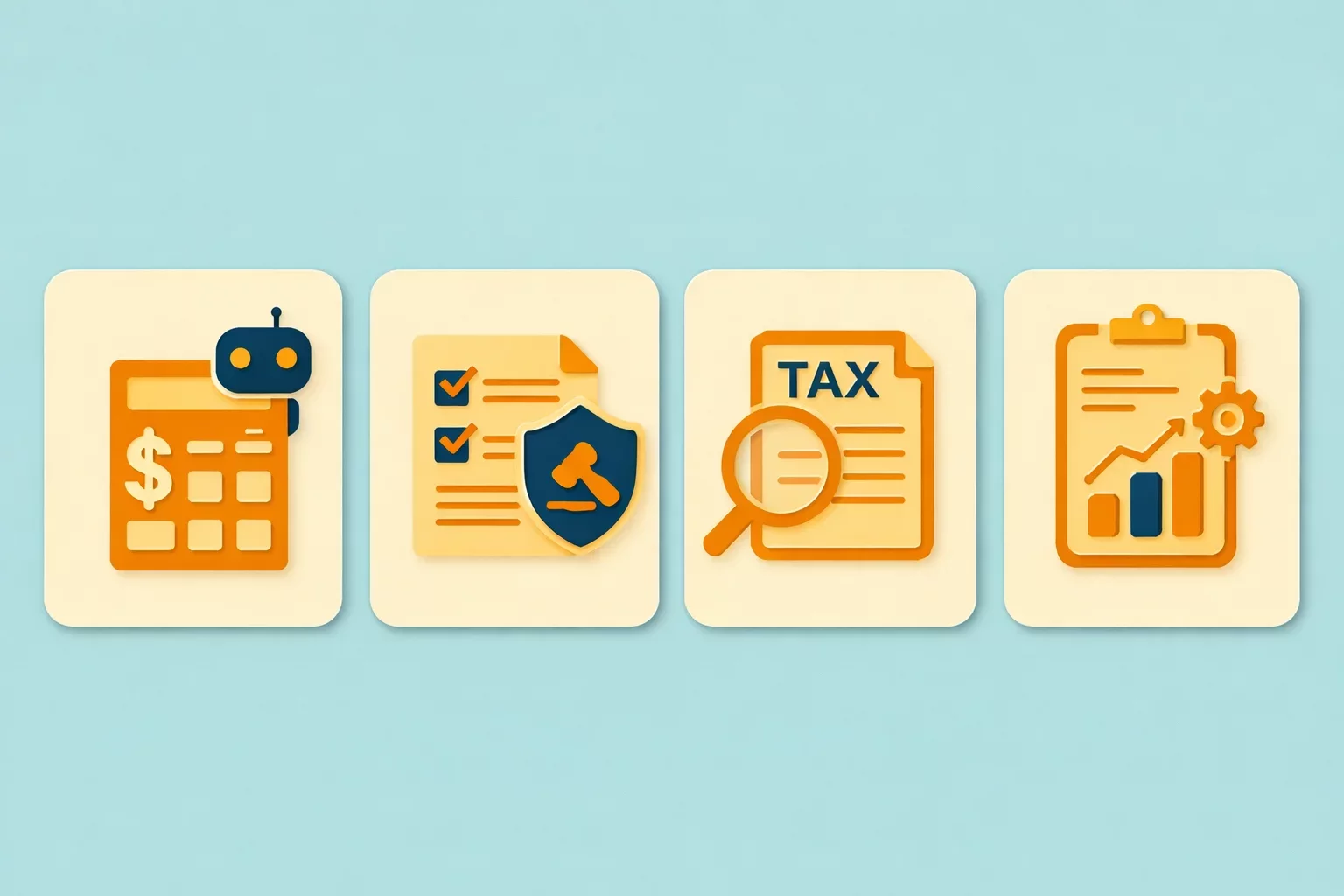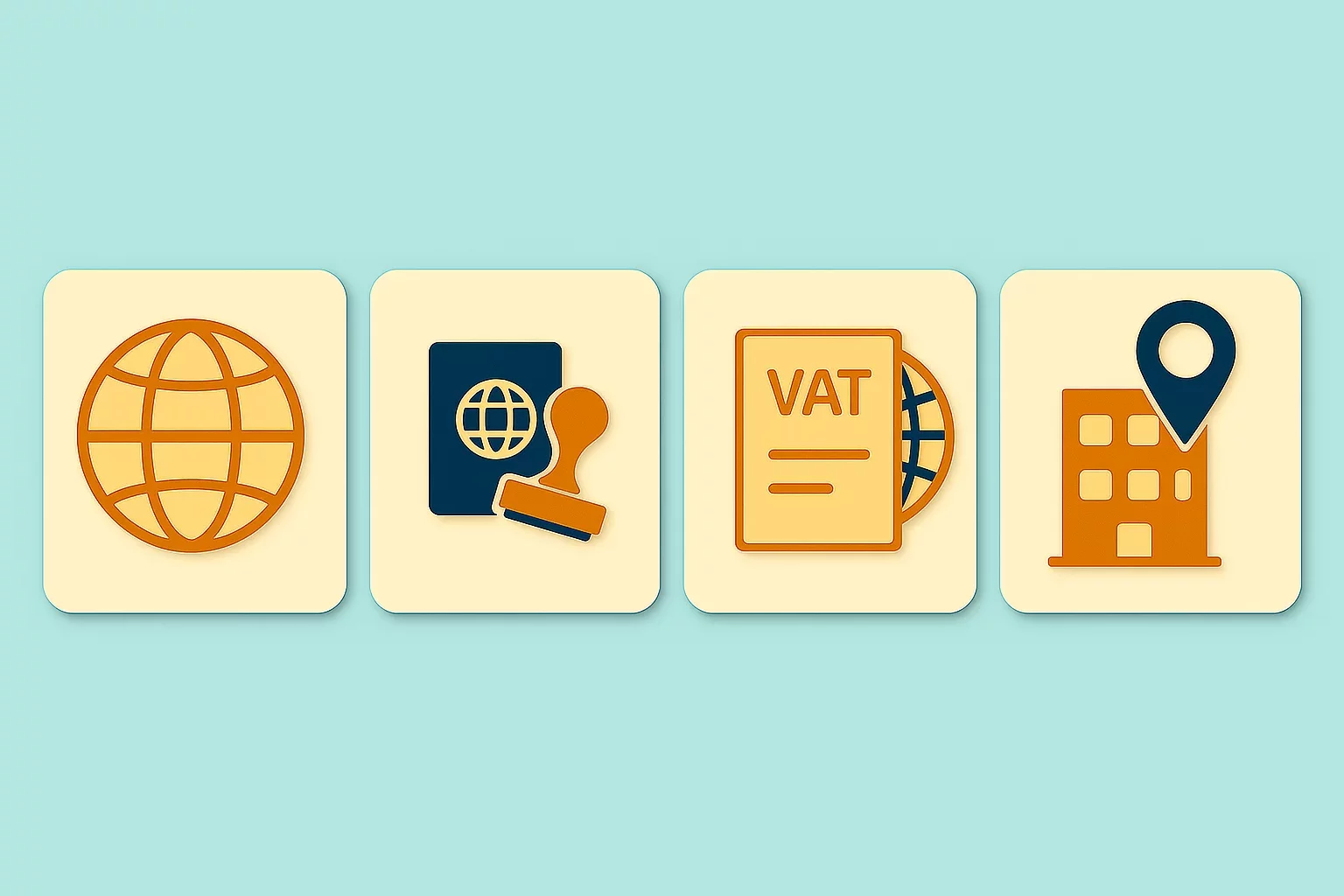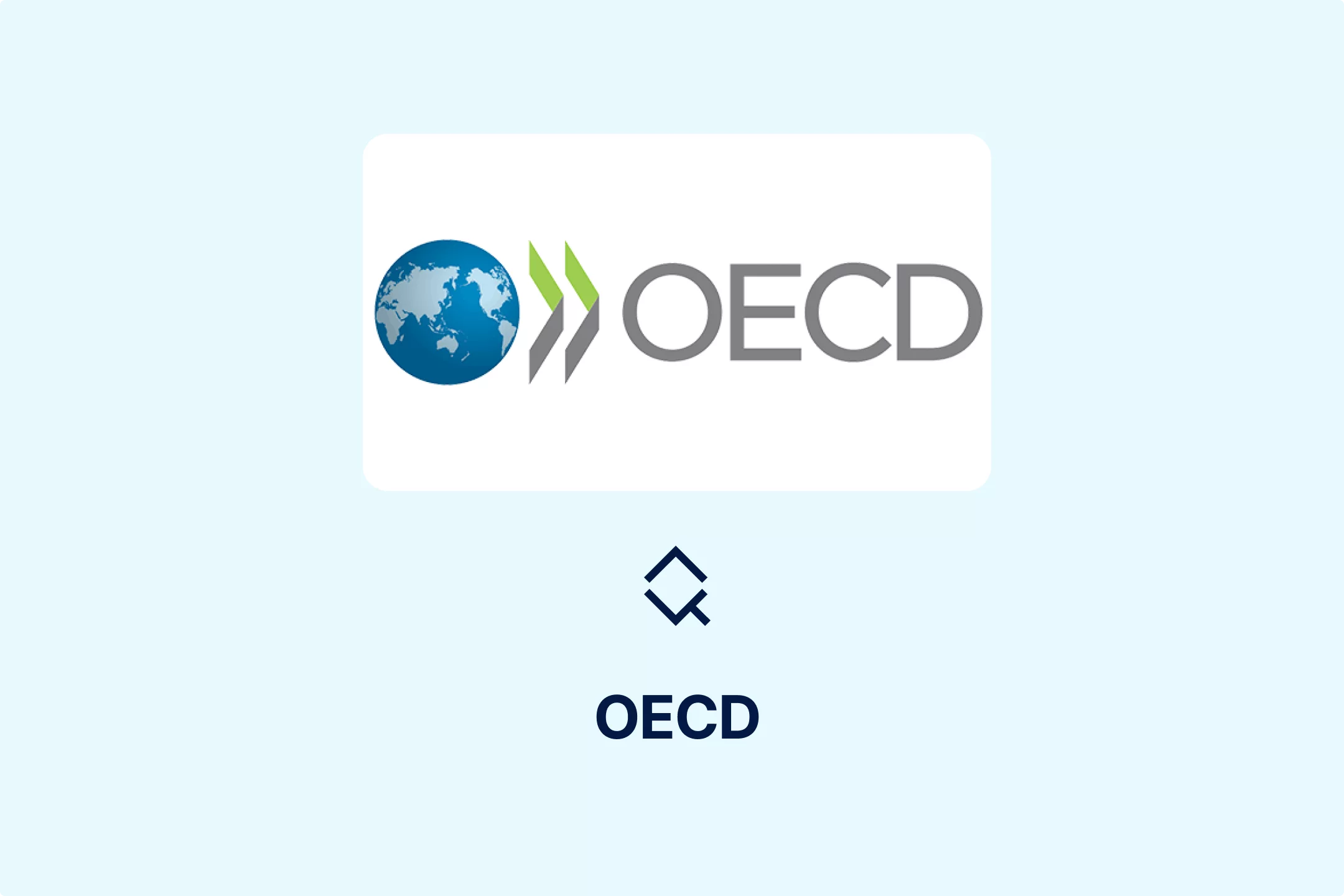Smart Taxation: The Critical Role of Product Categorization in Modern Tax Compliance

🎧 Prefer to Listen?
Get the audio version of this article and stay informed without reading - perfect for multitasking or learning on the go.
Tax rules around the world are becoming more stringent and specific. It’s no longer as simple as applying a flat rate to all domestic transactions within a country. Instead, tax rates depend heavily on what is being bought or sold. So, how do tax authorities manage such precision? The answer lies in product categorization.
Countries rely on product classification systems, either self-developed or based on global standards, to define tax rules. For tax to be applied accurately, whether manually or through automation, understanding these classifications is essential. However, keeping up with complex and ever-evolving rules is a major challenge. Tax teams are becoming centralized, and many global companies no longer have local tax experts in every jurisdiction. Hiring external consultants can be expensive, yet staying tax compliant is non-negotiable. That’s why many companies are adopting automated tax solutions.
Traditional tax software relies on fixed product categories to determine rates. But now, with advancements in artificial intelligence (AI), tax systems are getting smarter—automatically categorizing products based on transaction details to ensure accurate tax treatment without manual mapping.
Cracking the Code: What Product Categorization Really Means
Product categorization, also called product taxonomy, is the process of organizing goods and services into structured groups based on shared features. This classification helps define taxability and standardize how goods are understood across systems and borders.
Some widely used product categorization systems include:
HS (Harmonized System) Codes: For international trade
UNSPSC (United Nations Standard Products and Services Code): Used globally for procurement and tax automation
HSN Codes (Harmonized System Nomenclature): Used in India under GST
Commodity Codes: Common in the European Union
NCM (Nomenclatura Comum do Mercosul): Used in the Mercosur trade bloc (Brazil, Argentina, etc.)
Though the format may vary (6–10 digits is common), the underlying concept is consistent. For instance, the UNSPSC system uses 8-digit codes across 4 levels:
Segment – Broad grouping for analysis (e.g., Office Supplies)
Family – A recognized group of related items
Class – Items with a common use
Commodity – Specific, substitutable products
Example: Wooden Pencil (UNSPSC: 44121706)
Segment: 44 – Office Equipment
Family: 12 – Office Supplies
Class: 17 – Writing Instruments
Commodity: 06 – Wooden Pencils
The Hidden Engine: Who Depends on Product Categorization and Why?
Product categorization is used across a wide range of industries and public sector functions. Tax authorities utilize it to define tax rates and rules based on product or service types, ensuring precise and consistent tax treatment across different economic activities. Customs agencies rely on standardized product codes to assess duties, streamline import/export clearance, and enforce trade compliance. For businesses, particularly in retail, manufacturing, wholesale, and e-commerce, product categorization helps organize large inventories, manage procurement, and align financial reporting. Tax automation software uses these classifications to determine the correct taxability of a transaction by mapping source system data to tax logic. Governments and enterprises also use product categorization for analytical purposes, such as tracking spending trends, evaluating supplier performance, and identifying savings opportunities. This wide adoption highlights the foundational role that structured product categorization plays in operational efficiency and regulatory compliance.
Why Categorization Is the Backbone of Tax Compliance and Spend Insight
The importance of product categorization lies in its ability to simplify and standardize the way goods and services are identified and taxed. Each product or service may be subject to different tax rules depending on its use, industry context, or location. Without proper categorization, applying the right tax rate becomes a guesswork exercise, leading to errors and compliance risks. Moreover, standardized categorization systems allow for consistent compliance across jurisdictions, particularly for global companies operating in multiple countries with diverse tax regulations.
Beyond tax, product categorization plays a key role in spend analysis, helping organizations optimize purchasing decisions, manage suppliers, and control costs. It also facilitates operational clarity by enabling businesses to track and manage inventory, goods movement, and service provisioning in a structured and transparent way.
In short, product categorization is not just a tax requirement, it’s a vital part of overall business governance and strategic decision-making.
One World, Many Codes: Why Global Harmonization Remains a Challenge
Although product categorization systems share similar logic and structures, there is no universally adopted global categorization system. This is largely due to the need for countries to maintain autonomy over their own economic and regulatory frameworks. Governments want the flexibility to update codes, create new classifications, and tailor tax treatments to their specific market and policy needs.
While global systems like the Harmonized System (HS), UNSPSC, or Commodity codes provide a foundational structure, many countries extend these standards with additional digits or entirely custom codes to reflect local industry practices, consumption behavior, and legal definitions. For example, a product classified under a certain HS code globally might be further refined at the country level to apply unique local tax treatments.
This lack of uniformity creates complexity for multinational businesses but is often seen as necessary by governments seeking to retain control over domestic policy enforcement.
How Tax systems Turn Product Categorization into Tax Outcomes
Tax systems, especially those powered by automation, depend on accurate product categorization to determine tax rules, rates, and applicability. In a typical setup, a company’s source system (such as an ERP, procurement, or e-commerce platform) assigns a product category code to each item or service, such as UNSPSC, HSN, or Commodity Code. When a transaction is initiated, the tax engine reads this category and maps it to its own internal classification logic, which is embedded with jurisdiction-specific tax rules. The tax software then applies the appropriate rate, exemptions, or thresholds based on the mapped category and returns the calculated tax back to the source system. While many tax solutions offer standard mappings, businesses often require custom configurations to accommodate unique products, industries, or geographies. This step is essential in ensuring the accuracy of every tax calculation, particularly in cross-border or multi-state transactions where rules can vary significantly.
The High Cost of Misclassification: Why Accurate Mapping Matters
Accurate mapping between source system product categories and the tax engine’s internal taxonomy is fundamental to tax compliance and operational reliability. If this mapping is incorrect, the tax engine may apply the wrong tax rate or rule, leading to overcharging or undercharging on customer invoices. This not only disrupts the customer experience but also exposes the business to serious compliance issues, including audit failures, financial penalties, and reputational damage. Misclassified transactions can distort financial reporting and lead to incorrect filings with tax authorities. Over time, these small errors can accumulate into a major regulatory risks and revenue losses. Accurate mapping ensures the integrity of tax calculations and fosters confidence among customers, regulators, and internal stakeholders. For organizations that operate at scale or across multiple jurisdictions, investing in robust mapping processes and continuously validating them, is essential for sustainable compliance.
AI to the Rescue: Smart Categorization Is Changing the Game
The emergence of artificial intelligence is bringing a significant shift in how product categorization is managed within tax automation. Leading tax engines are now incorporating AI to automatically map product categories from source systems to their internal tax classification frameworks. AI models can evaluate not just the product description but also the broader transaction context such as usage location, industry, or purpose, to determine the most appropriate tax treatment. These systems can adapt and learn from new transactions, reducing dependency on static rulebooks or manual maintenance. For instance, purchasing printer paper for an office may attract standard sales tax, while the same paper used in a manufacturing plant could qualify for an exemption. Similarly, a laptop bought for R&D might be tax-exempt while the same product bought for administrative use may not be. AI can distinguish these nuances and apply tax rules more precisely, even as laws evolve or business operations shift. This dynamic, self-learning capability marks a major step forward in automating complex tax processes.
What’s Next? The Future of Tax Categorization in a Smart World
As AI and data technologies mature, the future of tax categorization looks increasingly intelligent and adaptive. However, it also raises important questions for governments, businesses, and technology providers. Will there ever be a single, unified product categorization system that all countries agree upon? Can AI effectively bridge the gap between multiple local and global systems without compromising accuracy or control? And most importantly, can AI-driven product categorization be trusted to produce reliable, legally compliant tax outcomes on a scale?
While these questions remain open, one thing is certain: AI-powered smart categorization is becoming a central pillar of modern tax strategy. Its success will depend not only on technological advancement but also on international collaboration, governance frameworks, and the continuous refinement of both algorithms and data quality.

Featured Insights

Angola’s E-Invoicing Mandate: Phased Implementation Continues Into 2026
🕝 December 10, 2025
VAT Deduction and Business Succession: When Do Advisory Costs Serve the Company’s Interest?
🕝 December 8, 2025
Europe’s Plastic Fiscal Shift: Why Italy’s Plastic Tax Now Starts in 2027
🕝 December 3, 2025
The Decline of Low-Value Import Exemptions: Closing Gaps in Cross-Border E-Commerce
🕝 November 20, 2025More News from World
Get real-time updates and developments from around the world, keeping you informed and prepared.
-e9lcpxl5nq.webp)






















-7xdqdopxl6.webp)



-a9bz8kz2cs.webp)































